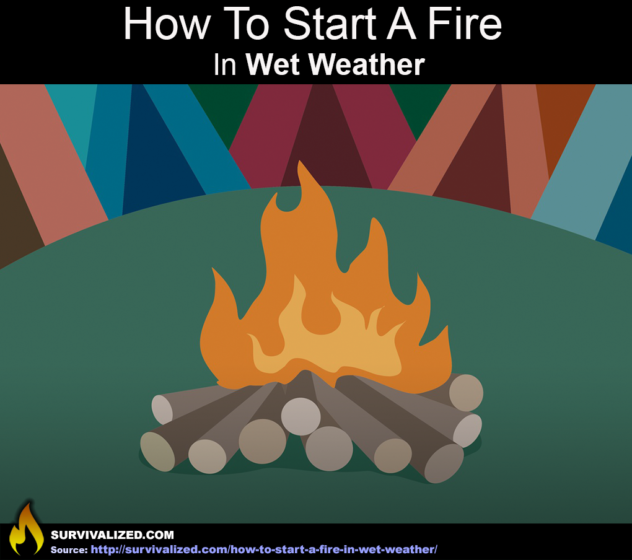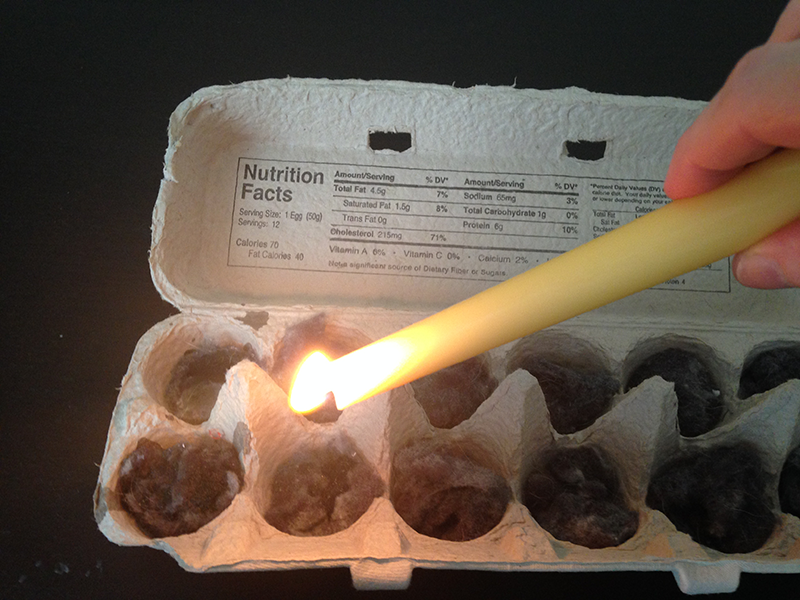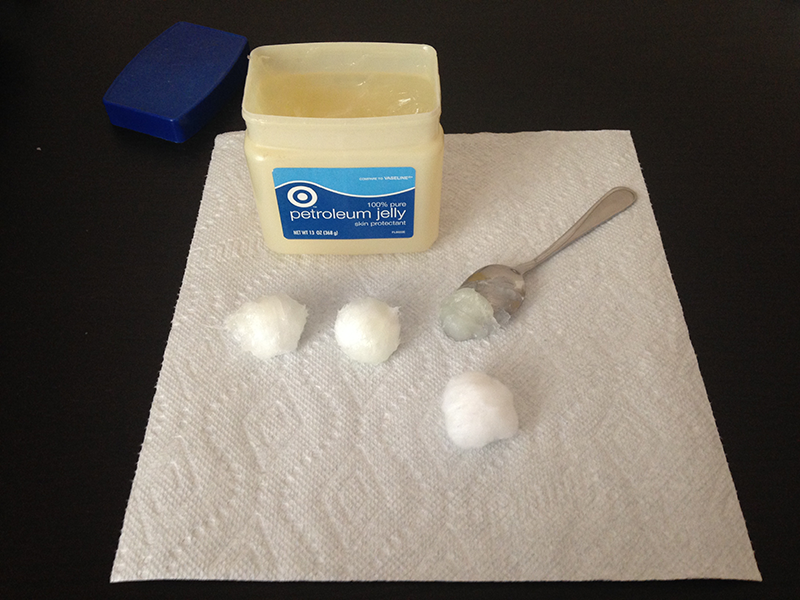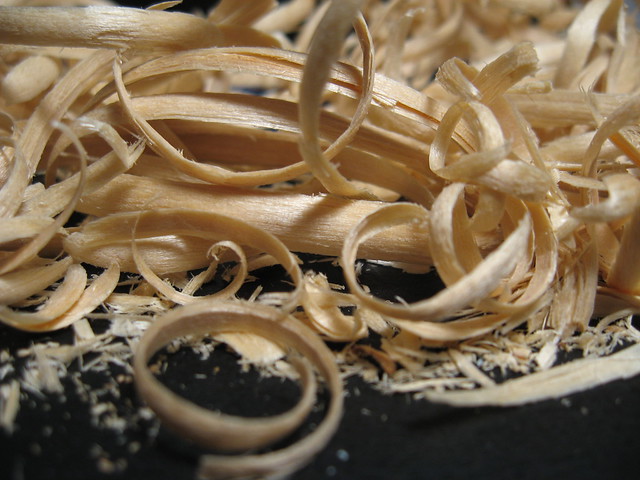
One of the most important survival skills to learn is how to start a fire. Most of us are probably comfortable with starting a fire in dry conditions, but have a better chance of catching a wild unicorn then starting a fire in wet conditions. It’s just not something we practice in today's society.
But in a survival situation fire is critical for staying warm, cooking food, sterilizing water, and protection against wild animals. Unfortunately a fire is hardest to start when you need it the most.
Starting a fire with wet wood is nearly impossible. So how do we stack the odds in our favor?
Use A Good Fire Starter
In wet weather it is best to be prepared with a lighter or matches to light your fire. Using flint or a bow drill can work but is much much more difficult in wet conditions. You are also going to need a good fire starter that will catch easily; you can buy these in most camping supply stores or you can make your own.
Here are some good options:

Lint and Wax - Dryer lint is actually very flammable, and if you add wax to it you have something that will often burn for more than 10 minutes, giving you plenty of time to get your tinder burning well. These are cheap and easy to make. Simply place chunks of dryer lint in the cups of an egg carton and then drip candle wax over the top of the lint balls and let cool. This video is a good demonstration of how to do this (https://www.youtube.com/watch?v=XJHrkadsd-A.)

Cotton Balls dipped in Petroleum Jelly - These burn well for about 4 minutes. Again this should be long enough to get your tinder burning. They are easy and cheap to make as well. Scoop a teaspoon of petroleum jelly and slather it on your cotton ball. You can also use wax just like with the lint and wax method. These store well in film canisters or tupperware.
Dry Tinder
Dry tinder can be a lot of work to find and prepare, so the best solution is again to be prepared and have some on hand. Incidentally, this was common practice amongst travelers historically.
If you haven't brought any with you it is still possible to find even in wet weather. First, you will need to find the driest sticks/branches you can find. Next, carve off the bark and keep carving until you get into dry wood. Now that you have carved down to the dry stuff, start shaving off thin slices into a pile.
Find Dry Wood
Obviously, wet wood isn’t going to catch fire for you, so you’ll need to find the driest wood that you can find. Then you will likely need to strip the damp bark off before using it.
Places to find dry wood:
Caves - If you are lucky enough to find a cave, that will be a great place to start.
Rock formations and overhangs - Although not as dry as caves, these are still great places to find dry wood.
Under fallen trees - Another spot where dry spots may exist. You also may be able to find dry branches on the fallen tree itself.
Under trees with thick branches and leaves - Many trees are dense enough with branches and leaves that very little rain actually gets through.
Lay Your Fire Correctly
When laying your fire it is important to start with a dry base. If you can't find a dry spot to lay your fire you may need to get your fire lay up off of the damp ground. One good way to do this is to split some logs or thick branches and lay them on the ground with the rounded bark side down and the flat split side facing up. Lay the split halves tightly together to create a dry raised flat surface. From there you will want to build up, starting with the tinder on the bottom, followed by kindling, and then your thicker branches and/or logs.
The following video does a great job demonstrating how to lay a fire correctly (starting at 10:11)
Shield Your Fire
If it is still raining or looking like it is going to continue any time soon then you will want to make sure your fire is shielded as best you can. Laying your fire next to a hill, rock, cliff, under a tree, or under a shelter are all possibilities.
Don't get caught in a survival situation without knowing how to start a fire! The key is definitely preparation. Having a lighter, fire starter, and kindling ready to go is a huge deal. Practice is also going to help tremendously. The more fires you can start on camping trips the better!

